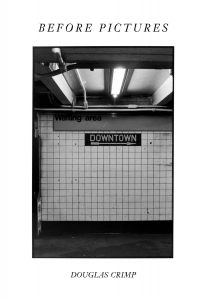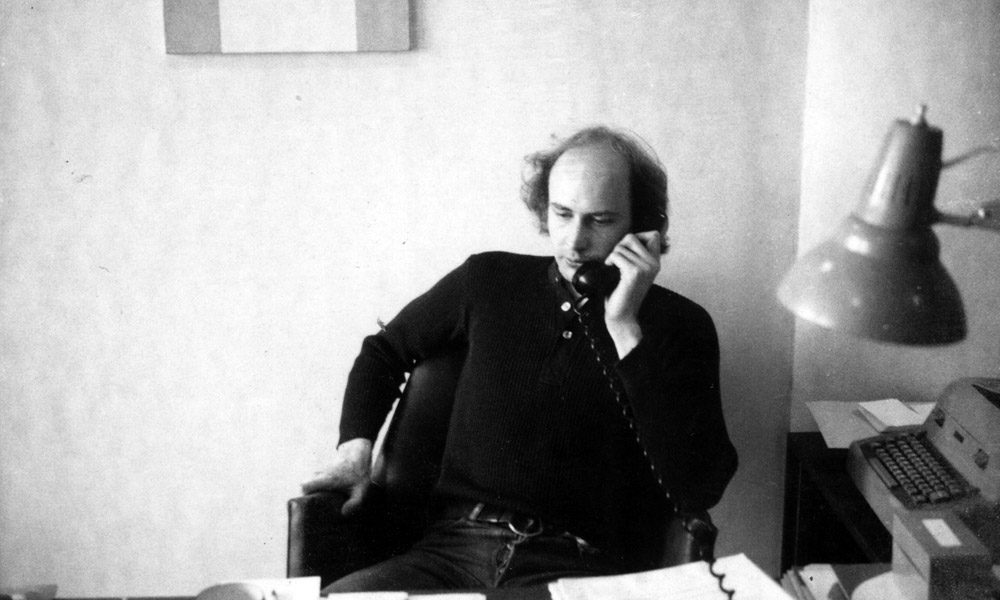Douglas Crimp’s Before Pictures in Artforum

Below follows an excerpt from David Velasco’s review
of Douglas Crimp’s Before Pictures at Artforum.

What makes Douglas Crimp’s Before Pictures so remarkable is not just its subject—the art historian and AIDS activist’s early years leading up to the epoch-defining 1977 exhibition at Artists Space and the pair of titular essays that were so critical to its historicization. It’s not just the casual meet-cutes at John Ashbery parties and the formative encounters with Agnes Martin and Ellsworth Kelly and Charles James and Daniel Buren; the early, incisive formalist writings whose frissons eventually inspired one of the great innovations in late-twentieth-century criticism: the recognition of a breach, which Crimp labels postmodernism, in modernist parables of art and theatricality. It’s how the story is told.
Before Pictures is a strange and shimmering chimera: Part memoir, part theory, it swerves and circles, often paragraph to paragraph, from anecdote to argument and back again, a graceful, unfussy waltz that sometimes seduces you into thinking that it’s “simply” autobiography. But the writing is also a performance of the necessary entanglement between serious thought and its “decor”—an entanglement that fascinates Crimp, and that makes him such an exceptional protagonist.
The animating juxtaposition is announced early on, in the book’s introduction, “Front Room, Back Room,” whose title describes the generative architectonics of the restaurant/club Max’s Kansas City in the late 1960s. In the front are the serious (mostly straight) artists; in the back are the unwieldy queers, lit up by amphetamines and the lambent red halo of an imposing Dan Flavin. Crimp prefers the back room, but you must work your way through the front to get there. This negotiation of two rooms, of two worlds—a give-and-take whose physicality Crimp articulates via persistent, prosaic descriptions of his urban ambulations—and his ability to find pleasure, if not peace, in both, constitute the book’s central friction and vivid donnée.
***
To read the Artforum review in full, click here.
To read more about Before Pictures, click here.